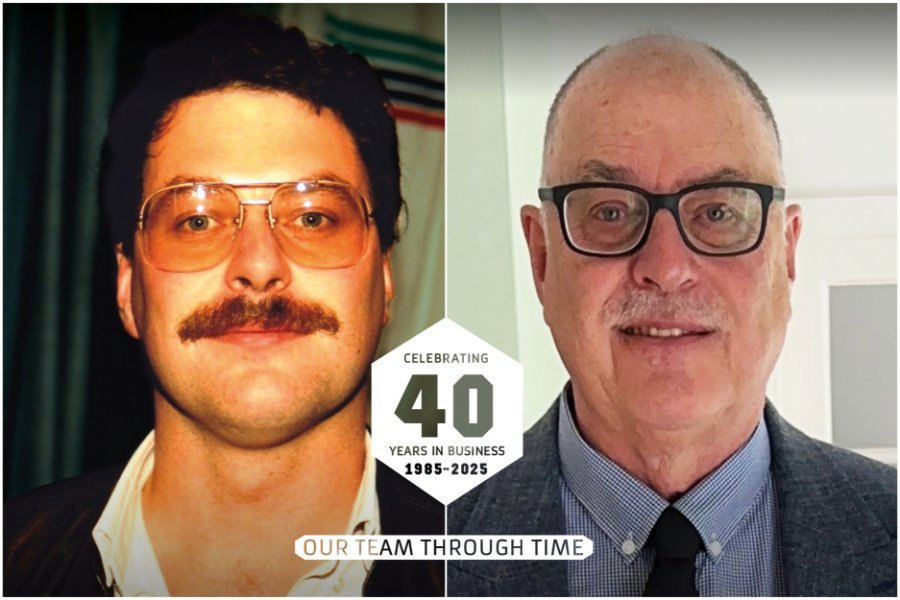
“I was raised in Liverpool and went to the Liverpool Institute, which was also attended, albeit well before me, by Paul McCartney who later bought it and turned it into the Liverpool Institute of Performing Arts. I studied at the University of Nottingham and received a degree in Mathematics before starting work with Logica. After a brief spell working in the defence sector, serendipity led me to work in the space sector. This happened in 1982 after I married as my wife, Lynette, wanted to work in France, and the only job Logica could offer me there was based in Toulouse working on a science satellite project called Hipparcos. I took that job and ever since have only worked in the space sector.
By 1985, the year SSTL was formed, I was already into my 4th year working in the space industry! After 18 months working on Hipparcos in Toulouse at Matra Espace (now Airbus), I moved, in 1983, to ESTEC in the Netherlands where I spent the next 2 years in the Maths and Software division. In 1985 I moved from ESTEC to ESOC in Darmstadt, Germany, where I worked once again on Hipparcos – primarily on the payload operations and real-time monitoring of the quality of the science observations. After my return to the UK with Logica in 1990 my first major project was for ESRIN in Frascati, Italy, and then I worked on a variety of other space projects. After some exciting missions where my role was technical manager – most notably the software to control the landing of the Cassini-Huygens probe on Saturn’s moon Titan and the flight safety system for the Ariane 5 launch vehicle – I moved into business development.
I joined SSTL in 2003 where I continued working in business development roles, focusing on Europe and North America. SSTL had done very little work for ESA up to that point in time, but the rapidly growing capability of small satellites eventually led to some very significant projects for SSTL with ESA, especially in the field of navigation with the GIOVE-A Galileo demonstrator satellite followed by a major role in the operational Galileo system. In 2014 I left SSTL to take up a role as Managing Director of the newly created UK subsidiary of Deimos Space. I returned to SSTL in 2022 to lead the business development activities of the Lunar Pathfinder mission, which offers communications services to orbiters, landers and rovers around and on the surface of the Moon.”
Phil’s journey shows how a single early career decision – in his case, to follow a project to Toulouse – can shape a lifetime in the space industry. It’s great to have him back at SSTL, now helping us connect future missions… all the way to the lunar surface.